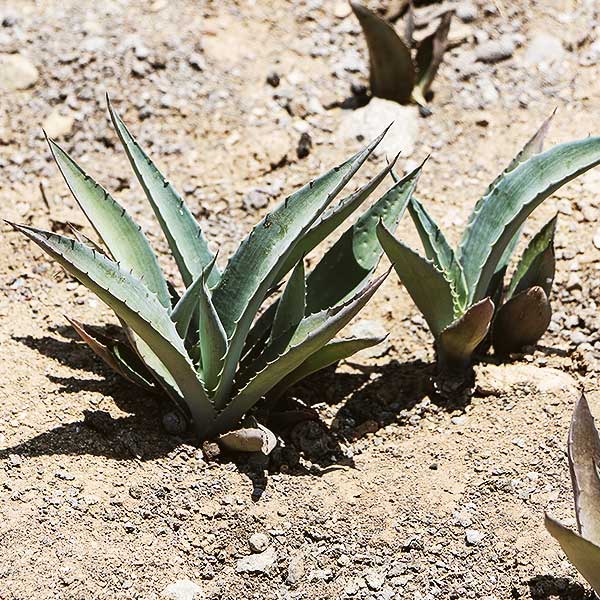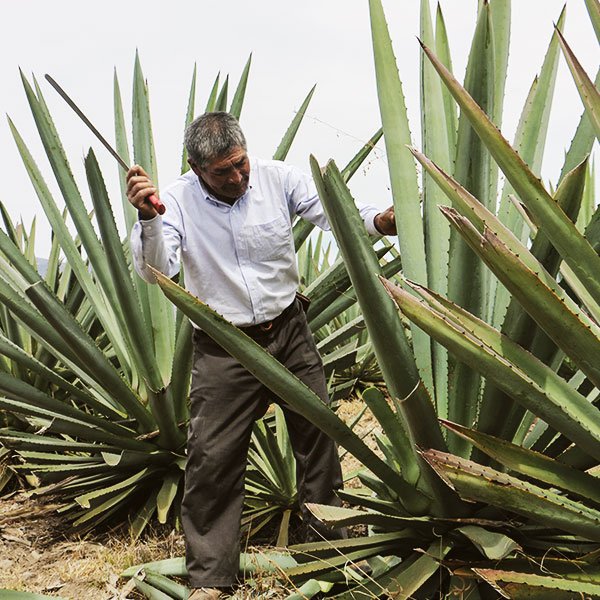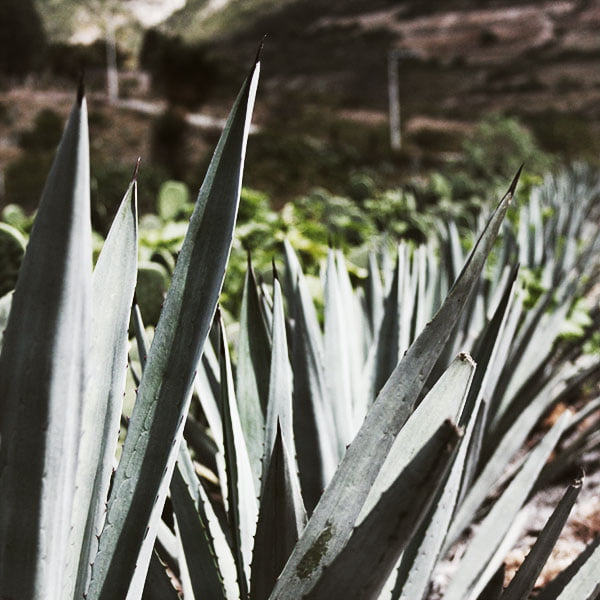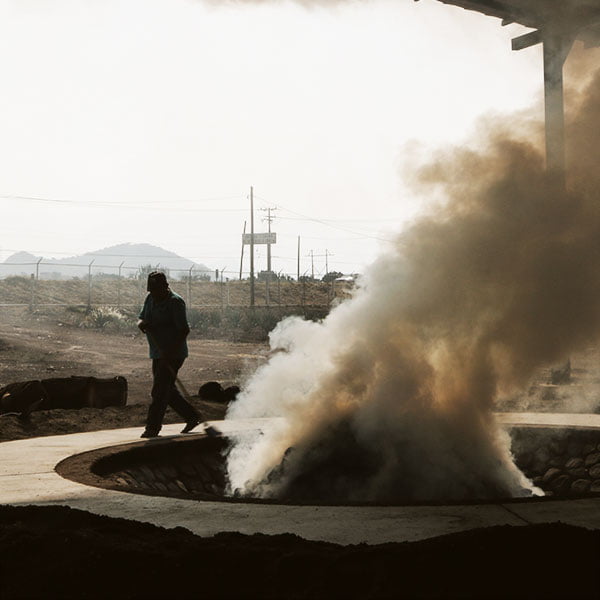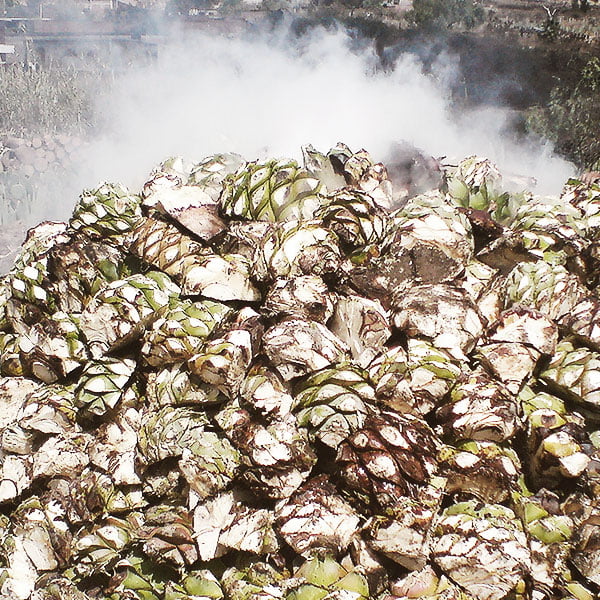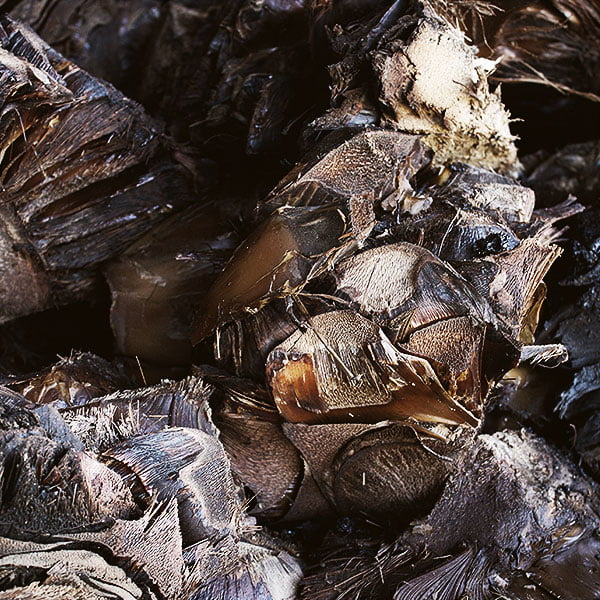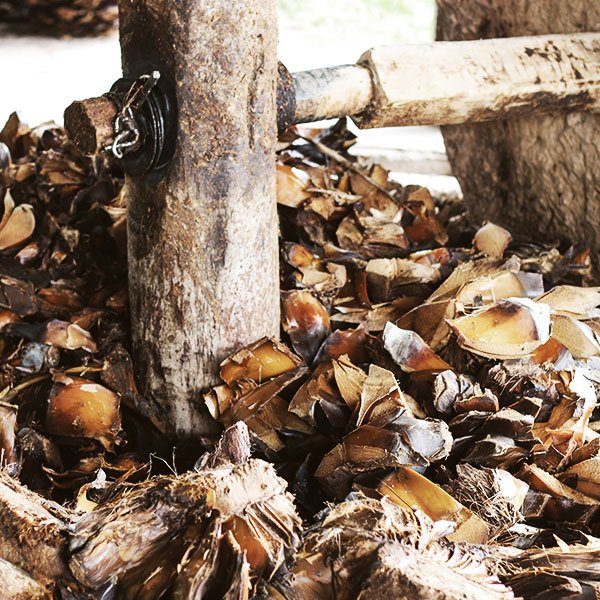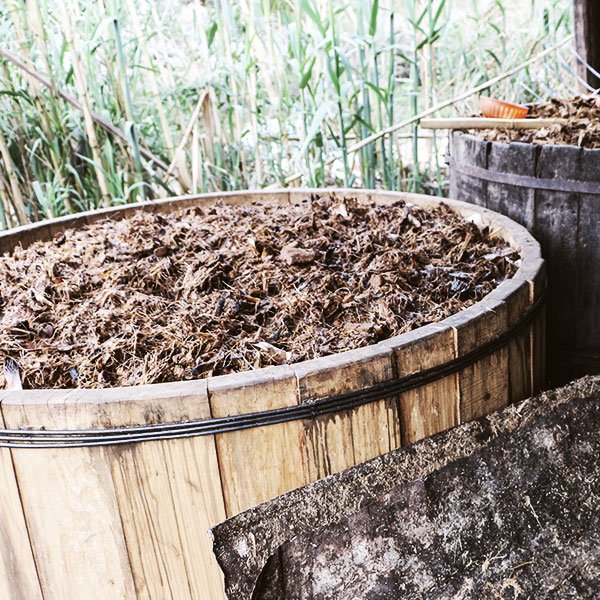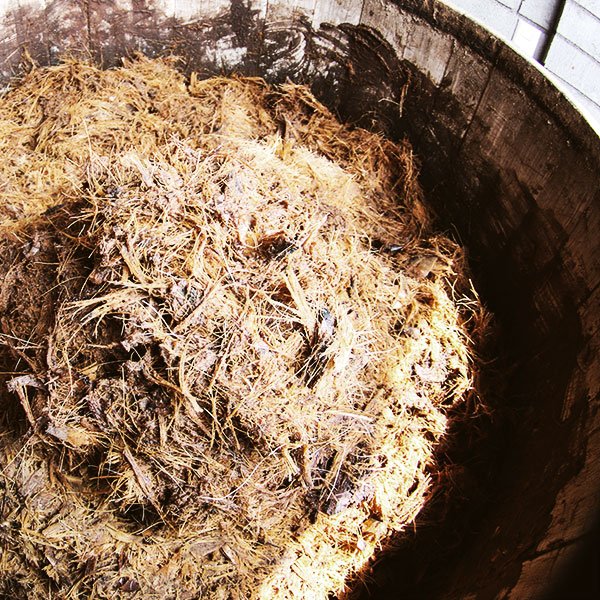MEZCAL CRAFTING PROCESS
In Matatlán, cultivating agave is at the heart of our lives.

Maguey harvesting
The flavor of a good mezcal depends on the quality of the agave and its proper maturation. At El Cortijo, we know from experience that to achieve the best mezcal notes, the agave must meet the ideal age. For example, in the case of Espadín agave, maturation occurs between 8 to 10 years, and for Tepeztate agave, more than 20 years are needed for optimal use. The quality of the lands where it was planted, dedication to the plant, as well as time and the sun of Oaxaca slowly achieve the maturation of our agaves. It’s an exercise in patience and respect for nature.
For harvesting, we use tools such as the machete, axe, pickaxe, and knife. Tools that only an experienced and skilled harvester uses to get the most out of the agave. El Cortijo guarantees that our agaves have reached their proper maturity.

Cooking
At the palenque, as the traditional mezcal factories are known in Oaxaca, the magueyes are cooked in stoned-lined earth ovens. The stones are heated with firewood until they reach 600 ºC. And with this temperature, cooking can take 3 to 5 days, depending on the season (whether it is cold or hot) and the quantity of Maguey hearts to be cooked. However, usually 4 to 12 tons of maguey can be cooked within this time, and about 7 kg of firewood is required on average per liter of mezcal. Thanks to this slow cooking method, the maguey begins to highlight its aromas and flavors that it will keep during all its years of maturation.

Milling
Once cooked, and depending on the mezcal master, the agave goes into a Tahona-type mill, “canoe” made either of stone or wood; where the strength of men, or helped by draft animals like mules or horses, extracts a sugary fiber from the agave, whose juices improve the fermentation process of the pulp.
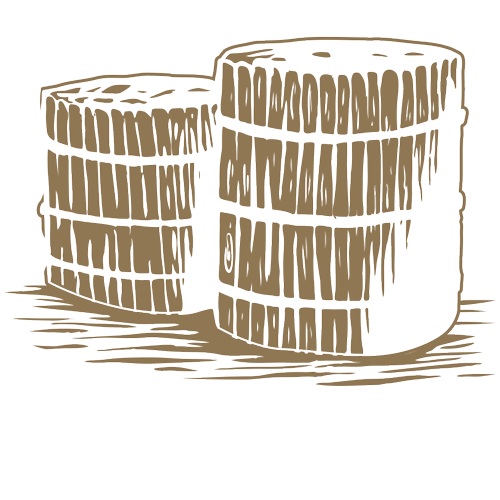
Fermentation
The ground agave is placed in sabino wood vats for natural fermentation. Sugars dissolve with water, and no artificial yeasts are added. Fermentation lasts from 5 to 15 days, depending on the season. This stage, like the cooking, is crucial, and the mezcal master relies on their skill and experience to detect signals in the process for the best aromas and flavors. If the musts are not at the right point, it can turn sour (avinagrar), failing to achieve its ideal fermentation.
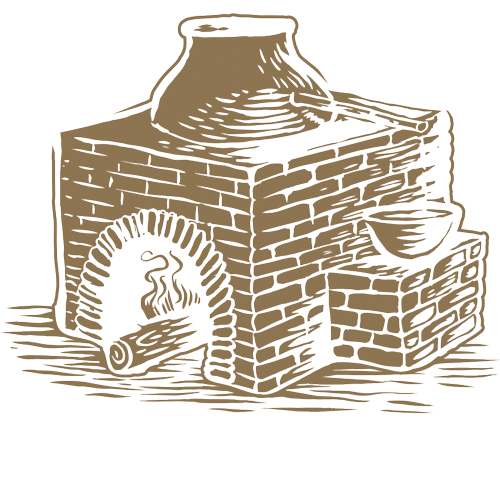
Distillation
It’s the final step of the process. The fermented musts are placed in the copper pot stills and distilled. The first distillation yields a cloudy, bitter product with low alcohol content called ‘Shishe’ or ordinary, reaching 40º of alcohol. In the second distillation, we obtain Mezcal between 55º and 48º, divided into three parts: heads, body, and tails. We use only the body of the distillation.

